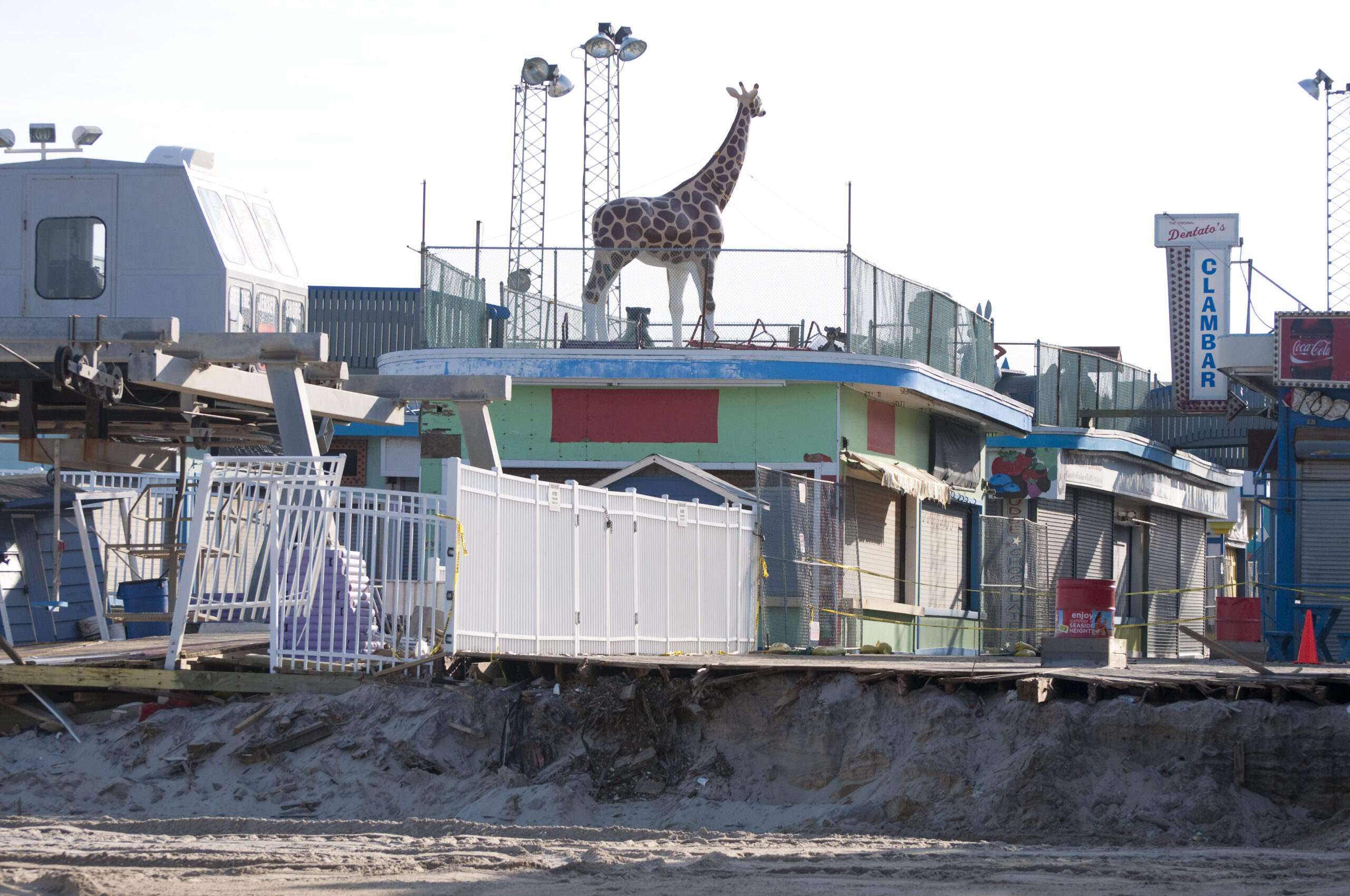TOMS RIVER, NJ- Eleven years after one of the worst hurricanes to impact the Jersey Shore made landfall in Ortley Beach, a section of Toms River; hurricane forecasters are predicting an increase in major storms in 2023.
That’s not good news for a community still digging out and recovering a decade later.
U.S. government forecasters on Thursday expect a more dangerous Atlantic storm season this year, raising their Atlantic hurricane outlook due to high sea surface temperatures. The U.S. National Oceanic and Atmospheric Administration forecast 14-21 named storms, with 6-11 potentially becoming hurricanes with winds of 74 miles per hour (119 kmh) or greater. Two to five of those hurricanes could become major events with sustained winds above 111 miles per hour (179 kmh), NOAA said.
In May, NOAA had projected between 12-17 named storms, 5-8 hurricanes and one to four major hurricanes. The Atlantic season lasts to the end of November. An average Atlantic season has 14 named storms, seven hurricanes and three major hurricanes.
“Record-warm Atlantic sea surface temperatures are likely to counterbalance the usually limiting atmospheric conditions associated with the ongoing El Nino event,” NOAA said.
El Nino, a weather system that forms from warm ocean surface temperatures in the central and eastern Pacific, increases vertical wind shear, lessening or breaking up tropical storms.
The higher number of storms now expected follows a similar forecast from Colorado State University. But storms have not been unusually frequent so far.
“This season is actually right on a schedule,” said Jim Foerster, chief meteorologist at DTN, an agricultural, energy and weather data services provider. “We normally have our 4th named storm on August 14th and first hurricane on august 11th, and we are at 4 named storms and one hurricane,”
Foerster said. Pacific winds have been blamed for fanning fierce wildfires in Hawaii this week. Hawaii is normally at increased risk of tropical cyclones during El Nino years.
It is too early to say whether El Nino had contributed to the formation and intensity of Hurricane Dora, said Chris Hewitt, director of climate services at the World Meteorological Organization.
